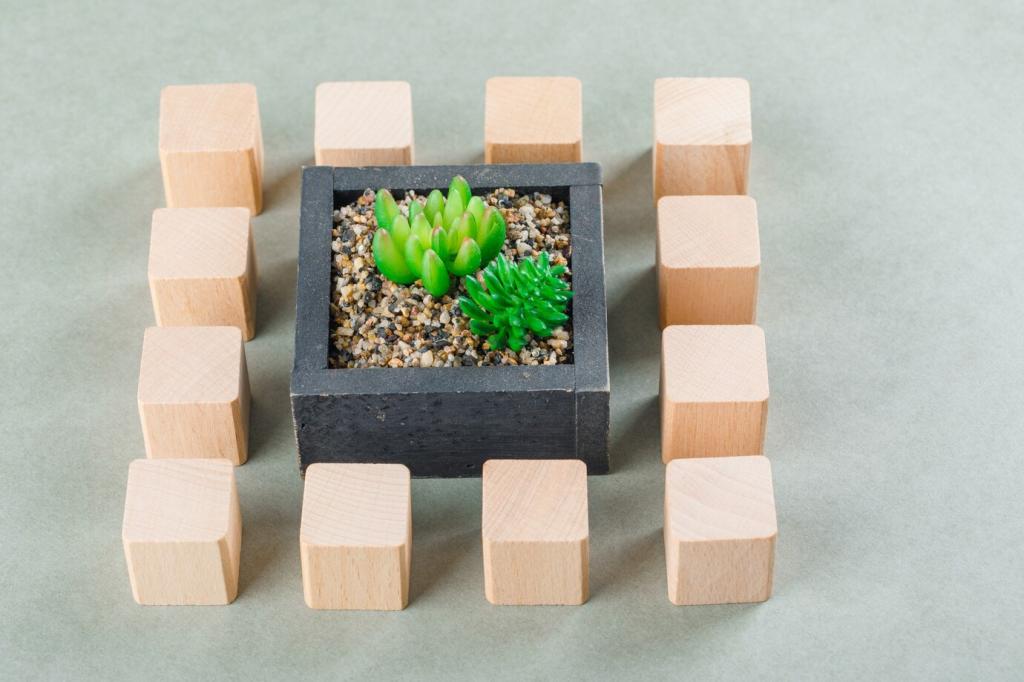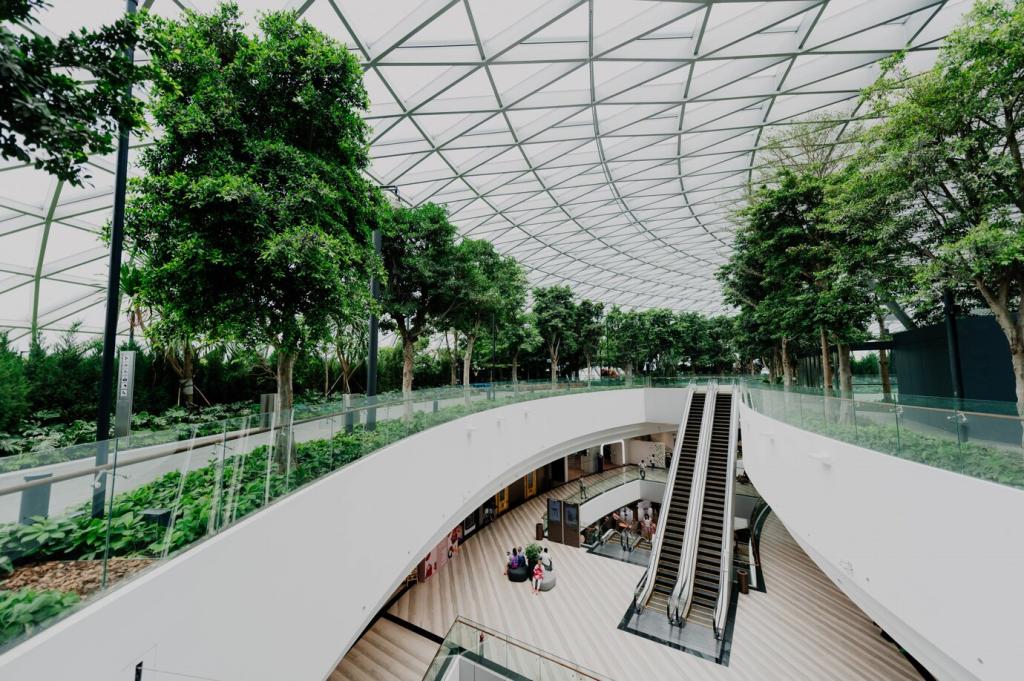Why Eco-Friendly Offices Matter Now
Energy-efficient lighting, smart controls, and better insulation reduce emissions and utility costs in tandem. LEDs often use significantly less energy than legacy fixtures, and occupancy sensors stop waste before it happens. Share your monthly savings goal in the comments, and we’ll help you find the quickest wins to hit it.
Why Eco-Friendly Offices Matter Now
Daylight, fresh air, and low-VOC materials help people think clearly and feel better. Employees notice fewer headaches, more stable energy, and improved focus when glare is managed and ventilation is tuned. What change would most improve your team’s day-to-day comfort—more plants, quieter zones, or fresher air? Tell us and subscribe for tailored tips.








